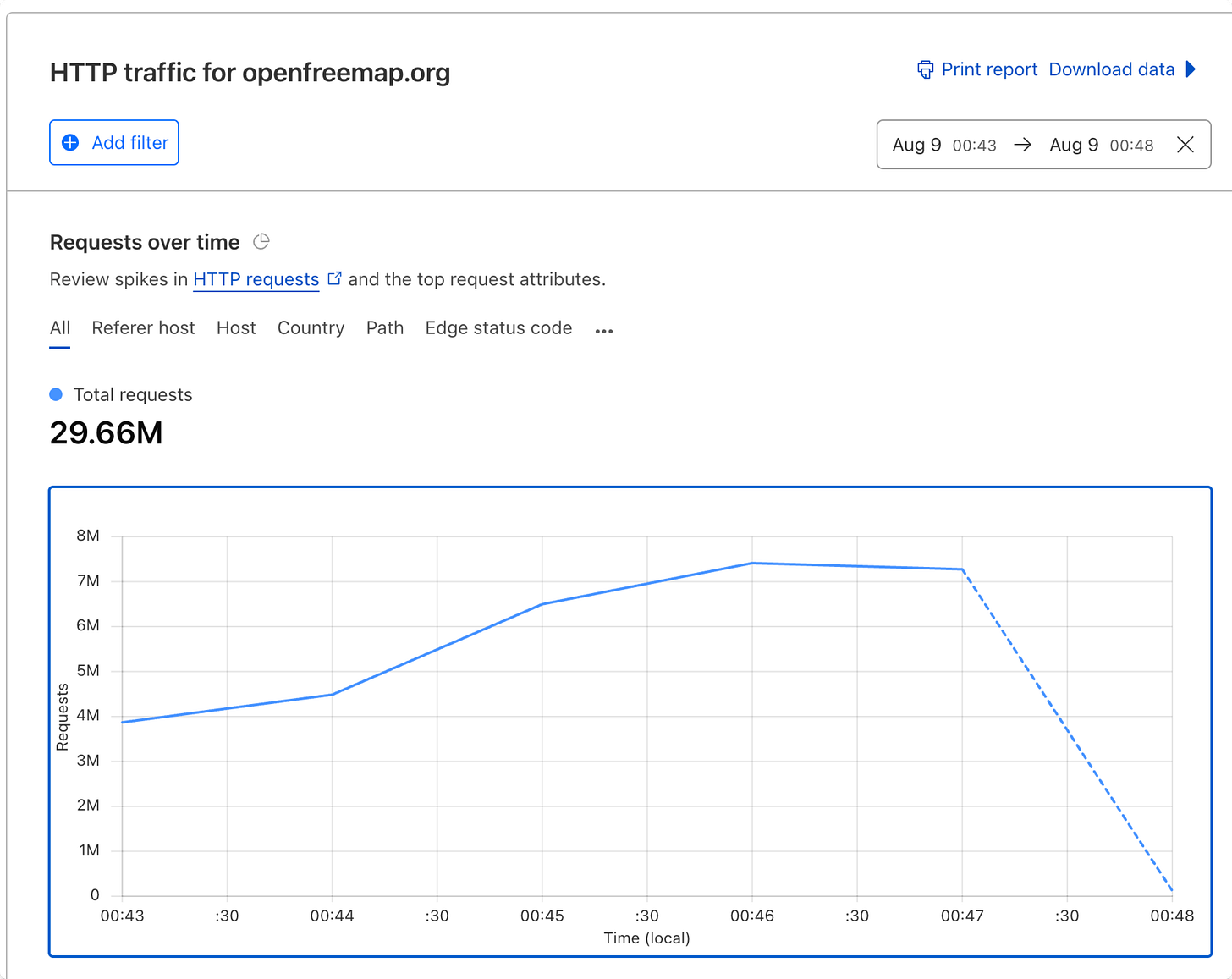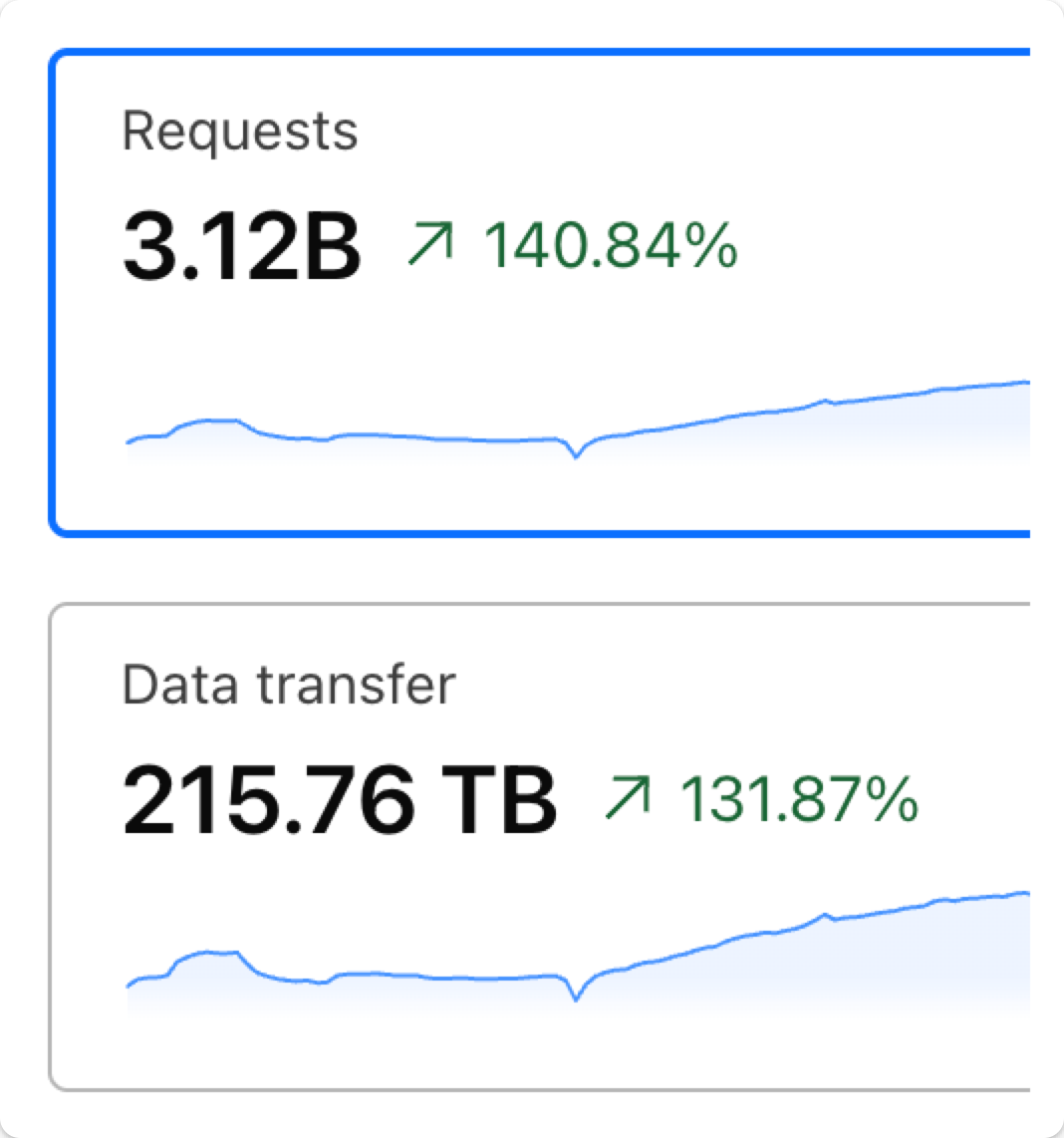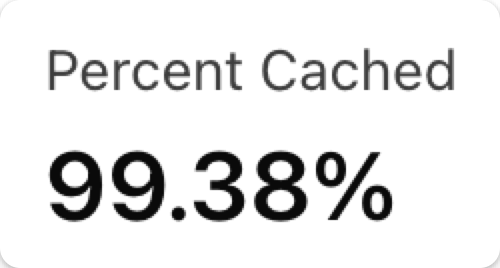OpenFreeMap Survived an Apocalyptic 100,000 Requests-Per-Second Siege – Unbelievable Tech Triumph!
Hello everyone. Gather around, because today we’re diving headfirst into a story that’s part server-room war story, part digital Darwinism, and part “script-kiddie apocalypse.” OpenFreeMap, the scrappy little map-tile service that could, somehow survived a sudden and spectacular flood of traffic: 100,000 requests per second, totalling three billion in a single day, and 215 terabytes of bandwidth – all because a pixel-art site decided to play whack-a-tile with their servers.
From “All is Well” to “Code Red” in Seconds
Our brave admin was ready to post about how the last ten months had been smooth sailing – Hetzner hardware purring like a happy cat, Btrfs quietly doing its job, Cloudflare graciously footing the bandwidth bill, nginx being the rockstar reverse proxy it always is. And then… cue the ominous music. Suddenly tiles weren’t loading. Normally, that’s a bug. But this wasn’t a bug – this was a siege.
Five minutes later, they were staring at nload graphs that looked like a cardiogram during a quadruple espresso overdose. Three billion requests in 24 hours. Tiny 70KB files multiplying like Tribbles in a server rack. This isn’t “slightly busy”; this is DDOS cosplay disguised as legitimate use.


The Culprit: A Pixel at a Time
So where did this insanity come from? A charmingly chaotic new collaborative drawing site, Wplace.live. It lets you place one pixel every 30 seconds… unless you script it. And oh, did they script it. Puppeteer, Chromium, click the pixel, close, repeat. Throw in IP rotation and you’ve got yourself an industrial-grade “let’s murder someone’s CDN” machine.
In gaming terms, imagine a cozy little Minecraft server getting nuked because a group of Redstone-obsessed lunatics hooked up an infinite circuit to a billion pistons. The mess is impressive, in a “what the hell just happened” kind of way.
The Unexpected Tech Victory
Here’s the ridiculous part – despite the onslaught, OpenFreeMap still worked. Sort of. Cloudflare cached 96% of requests (chef’s kiss), only 3.6% broke, and the admin’s own servers managed to handle the remaining 1,000 requests per second without self-immolating. That’s like tanking a raid boss with half your armor missing and still finishing the fight.
And yes, hats off to Cloudflare for not only sponsoring bandwidth but also responding in 48 hours on a weekend to approve the deal in the first place. In corporate terms, that’s like finding a unicorn that also knows how to configure edge caching rules.


The Conversation With the Offending Dev
When contacted, Wplace.live’s dev admitted they exploded to two million users practically overnight. Even that number confirms the theory – the bulk of requests weren’t humans, but bored bots playing “click the pixel” faster than a caffeinated StarCraft player with carpal tunnel.
The offer was made to help them set up a self-hosted OpenFreeMap instance. Everyone wins: pixel-art fans get their fix, public instance doesn’t implode, and maybe sysadmins get one less reason to develop an ulcer.
Lessons Learned
- Implement aggressive-but-reasonable bandwidth limits by referer – without punishing good actors.
- Improve server config to prevent empty tile issues – even under loads that make AWS cry quietly in a corner.
Oh, and maybe don’t launch a major collaborative art project without telling the free service you’re going to bury under a metric ton of bot traffic. That’s just basic digital etiquette, like not pulling the Ethernet cable from the office switch because you “needed a spare.”
Final Diagnosis
From a tech perspective, this was an accidental stress test that OpenFreeMap passed better than most corporate behemoths would’ve. From a human perspective, it was a migraine wrapped in a DDOS wrapped in a happy accident. The architecture held. The CDN cache rate was glorious. And the whole episode could serve as a case study in “why talking to your dependencies before launch is not just polite, it’s survival.”
My verdict? A weird, chaotic, surprisingly impressive win. Painful, but educational. And possibly the most entertaining server log in recent memory.
And that, ladies and gentlemen, is entirely my opinion.

Article Source: OpenFreeMap survived 100k requests per second


